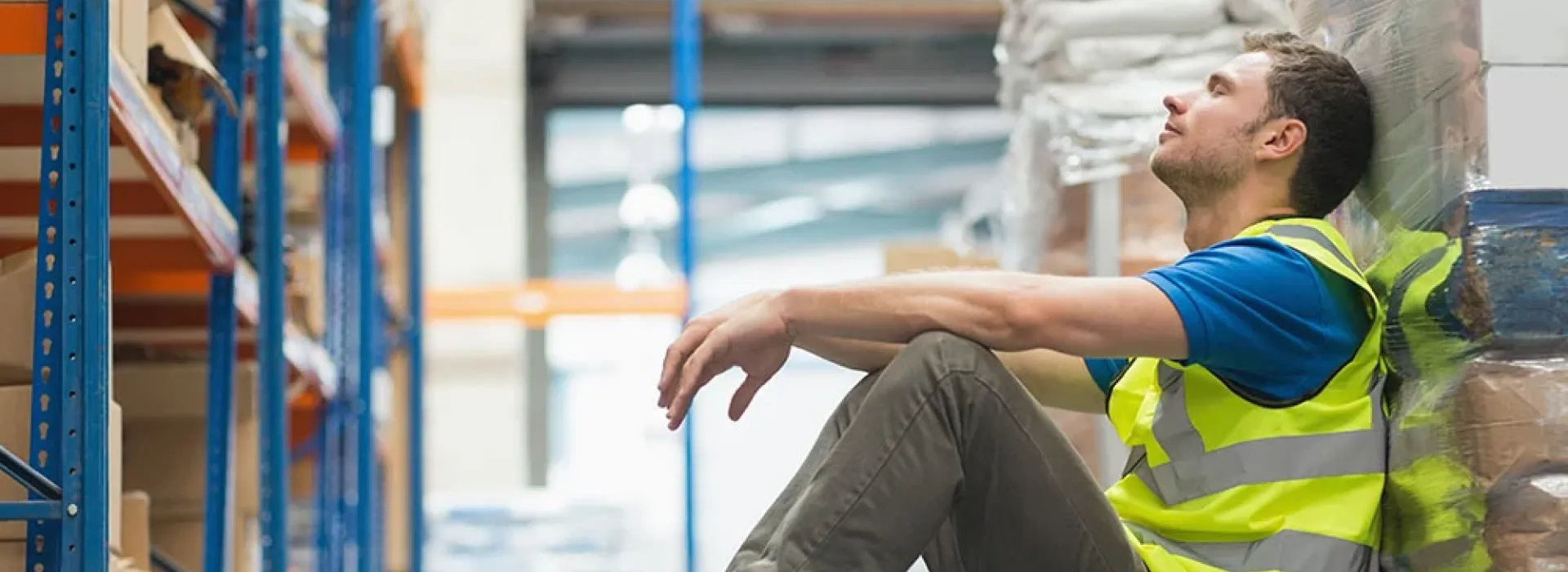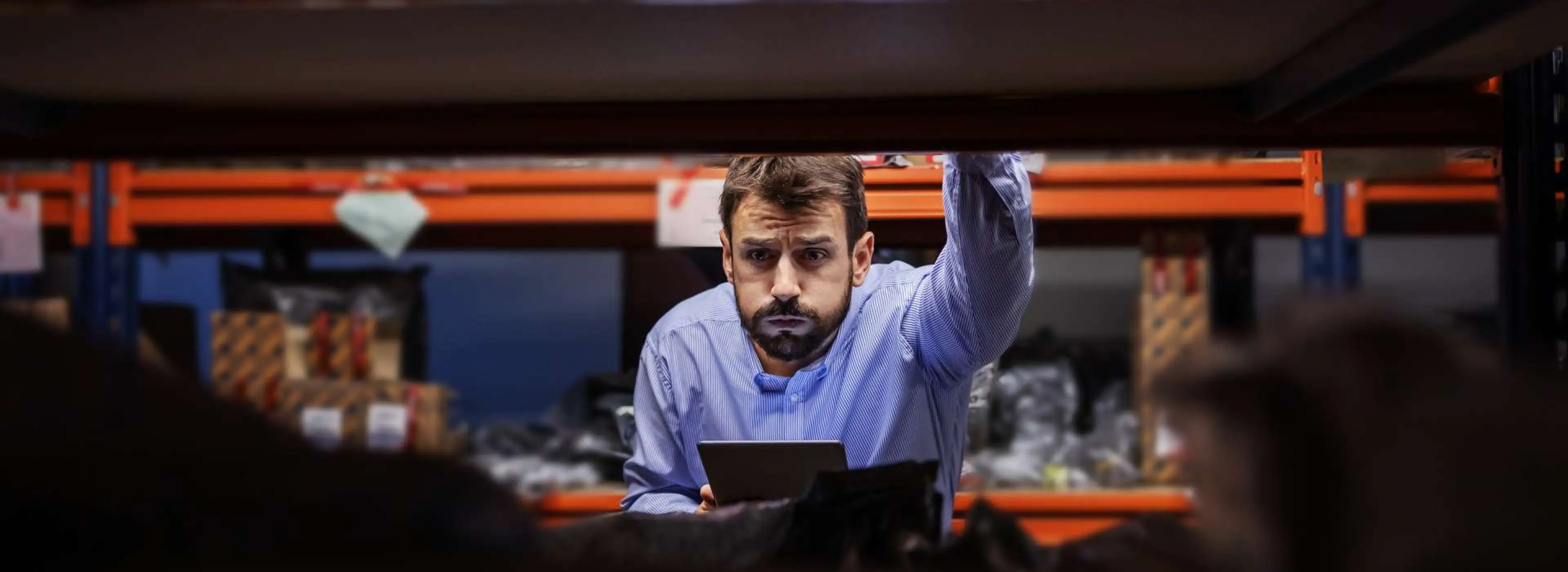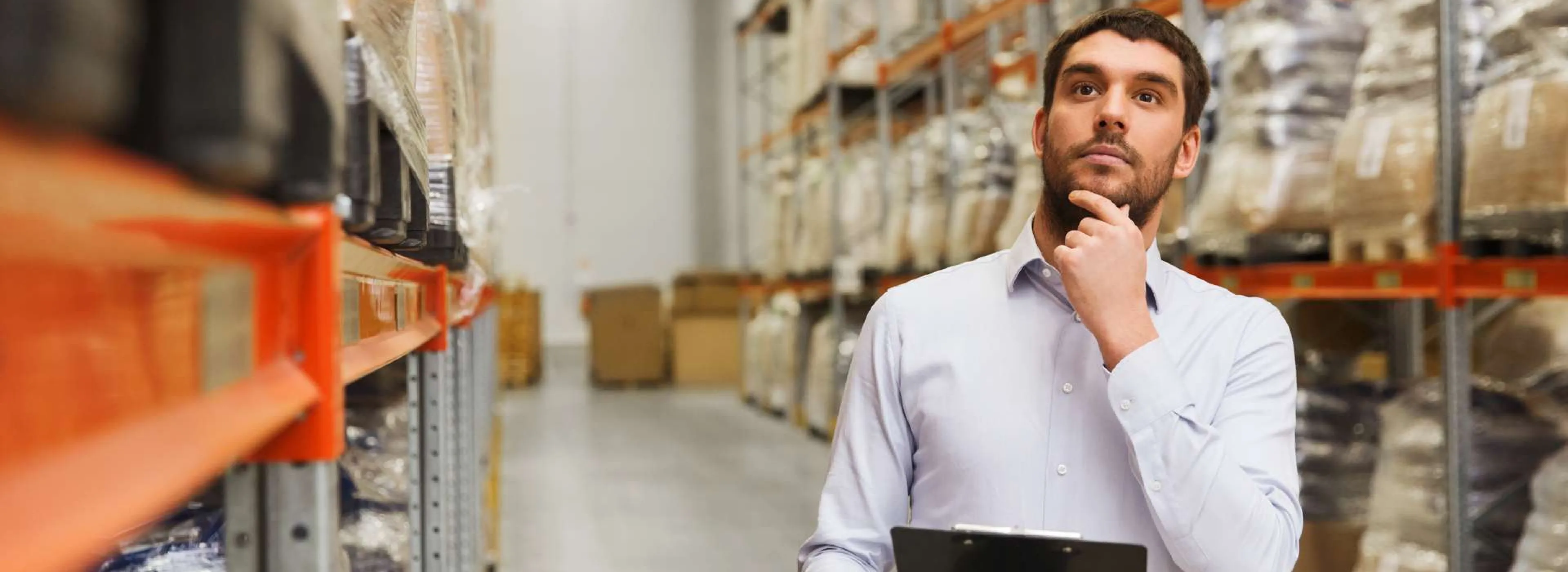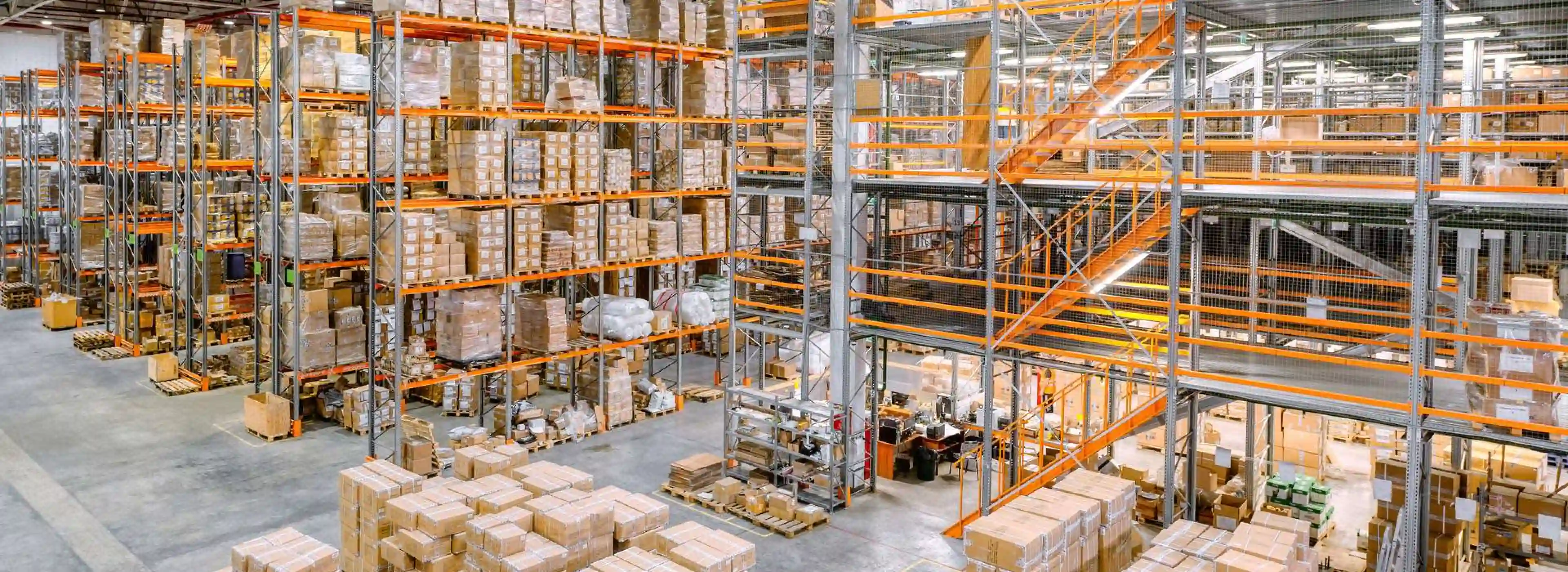Management is often quick to blame warehouse workers for a lack of productivity. However, if you look around most warehouses, there are larger issues slowing down productivity. Supply chain industry experts agree technology plays a critical role in warehouse operational efficiency. However, many warehouses still suffer from most of the same technological inefficiencies.
Free Guide: 7 Technologies That Will Change the Warehouse
The good news is that in the last 5-7 years, we have experienced an explosion of innovations helping logistics companies overcome old warehouse inefficiencies.
And while some warehouses are quicker than others in adopting these new solutions, the overall pace at which companies adopt new warehouse technology is accelerating.
In this article, we share some common shortcomings shared by many small & mid-size companies that are killing warehouse efficiency.
1) Under Performing Warehouse Management Systems
Warehouse Management Systems (WMS) are the backbone of warehousing operations, and the right system can make all the difference.
In the last five years, there has been an explosion of WMS and ERP vendors that have introduced a wide range of technologies to optimize warehouse operations. Some of these technologies include:
- Real-Time Dashboards showing up-to-the-minute warehouse performance
- Mobile Friendly Capabilities to give you the ability to run the WMS from rugged tablets
- Workflow Engines allow you to define and enforce warehouse processes
- Voice Enabling Technology that dictates picking & packing priorities
- Automatic Identification and Data Capture (AIDC) to automate cargo identification and package data capture
- RFID Capabilities provide real-time cargo tracking
While one WMS might not provide all of the above technologies, the key is to understand which are necessary for the operational needs of your particular warehouse. The right system can boost warehouse productivity tenfold!
A whitepaper by Motorola titled “From Cost Center to Growth Center: Warehousing 2018” that surveyed warehouse I.T. and operational personnel exposed the following:
There’s been a strong shift away from homegrown and basic WMS solutions, with 68 percent of organizations moving incrementally to best-of-breed, cloud based and full featured WMS systems.
2) No Integration Between Scales & WMS
Every time I walk into a warehouse, I see clerks loading pallets or boxes onto a scale, looking up at the indicator, and writing the weight on a piece of paper to manually input it into the WMS.
I see this, and my heart drops!
I’d ask myself, ” What happens if someone asks the clerk something in the middle of this process? Or what happens if the clerk has taken notes from seven different cargo (or customers) on the same piece of paper?”
I imagine it looks something like this…

Logistics (and warehousing, for that matter) is a lot about being error-free. But this process is error-prone. My heart drops when I see no integrations, but what comes next hurts me even worse.
3) Manually Dimensioning Pallets and Boxes
Warehouses manually weighing boxes or pallets are prone to error, but warehouses manually measuring boxes or pallets are much worse off. The potential for errors increases by a factor of 3 (length x width x height).
Imagine the amount of errors happening when you’re doing 7 different measurements like we said in the example above.
Multiply 7 different customer measurements x3 dimensions x1 piece of paper +1 human manually entering dimensions into the WMS.
When you ask the clerk, “What happened?” I imagine the result looks something like this:

Many businesses stick with manual methods because back in the day, dimensioning systems for small and medium boxes ranged between $13-20k. Pallet dimensioning systems weren’t even an option price-wise for small and mid-size companies.
While these products still exist at these prices, the good news is with some research and guidance, you can find both of these solutions (with an NTEP certification) for a reasonable price – and in some cases, without having to install complex systems or occupy precious space in the warehouse.
4) Low Adoption of Mobile Technology
For an industry that is all about movement, computing power across small and mid-size warehouses has remained stagnant.
It’s not uncommon to see warehouse clerks running back and forth just to enter data in the system or print a label. On a regular day, a warehouse clerk can walk to the computer or label printer around 30 times, and each time can take up to 25 seconds. So let’s do the math:
30 trips x 25 seconds x 5 days x 52 weeks = 195,000 secs
195,000 secs / 60 secs = 3,250 mins
3,250 mins / 60 mins = 54.16hrs
That is 1.35 Weeks of running back-and-fourth each year per warehouse clerk.
This simple calculation gives us a clear idea of the loss in warehouse productivity caused by the lack of mobile technologies.
So I know what you’re thinking: ” With all this moving, accidents are bound to happen.” You’re right. You need durability, which is why most warehouse computing technologies, like rugged tablets and mobile printers, have been designed and tested to conform to military standards, making them resistant to shock, environmental hazards, dust, and moisture.
5) Unreliable Warehouse Wireless
A reliable wireless warehouse network is essential to the operational efficiency of a warehouse. As barcode scanners (and other mobile devices) roam in the warehouse, if coverage and capacity are not properly planned, handheld disconnections happen, and productivity goes out the window.
Recurring handheld disconnections is another common problem in many warehouses. To correct this, decision-makers must recognize that warehouses are not the same as office or home environments where regular access points will work.
A warehouse’s tall ceilings, steel shelving, and large areas demand industrial-grade access points with high-gain antennas.
An unreliable warehouse wireless infrastructure will have a detrimental impact on the efficiency of receiving, put-away, storage, picking and packing, and shipping operations.
A survey conducted by automationworld.com exposed that almost one out of three respondents don’t feel confident about the capabilities and reliability of their warehouse wireless infrastructure.
These warehouse inefficiencies do not have to be the norm. Most of these problems can be easily addressed and overcome.
Logistics and warehouse technologies have matured over the years, and when combined with warehouse best practices, the result is a considerable increase in warehouse productivity.
For more information about warehouse technology trends, you can follow us on LinkedIn, YouTube, X, or Facebook. If you have other inquiries or suggestions, please contact us here. We’ll be happy to hear from you.












